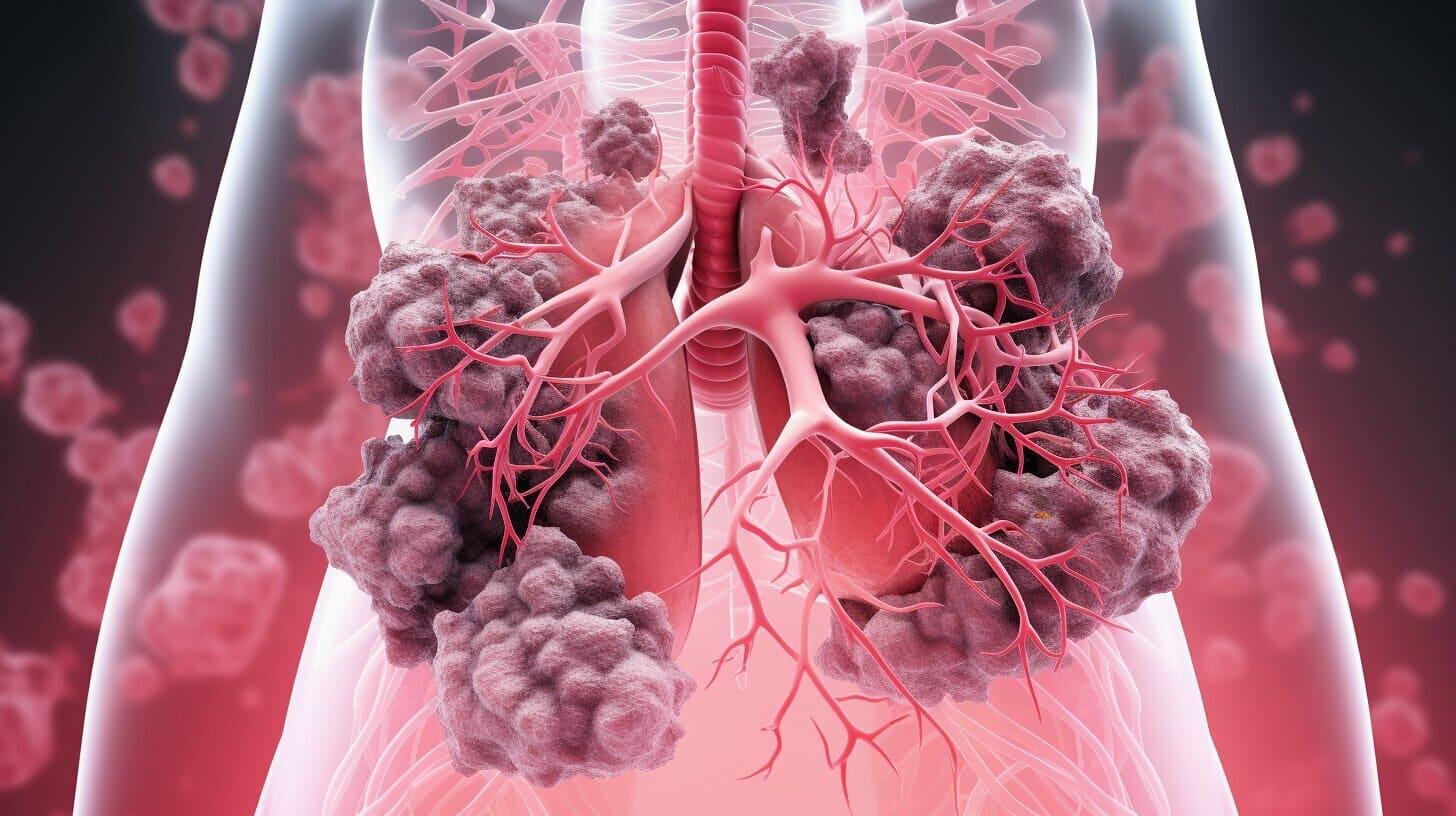KEY TAKEAWAYS
- The IMpower010 phase 3 trial aimed to investigate long-term DFS and OS outcomes of adjuvant atezolizumab vs BSC in patients with NSCLC.
- The primary endpoint was to determine DFS.
- Researchers noted that atezolizumab improved DFS and OS vs. BSC in patients with stage II-IIIA NSCLC.
IMpower010 (NCT02486718) demonstrated significant disease-free survival (DFS) improvement with adjuvant atezolizumab compared to best supportive care (BSC) in patients with stage II-IIIA Non -Small Cell Lung Cancer (NSCLC) with PD-L1 tumor cell (TC)≥1% and in the all-randomized stage II-IIIA populations, but not in the intention-to-treat (ITT) population.
The benefit was particularly notable in the TC≥50% subgroup. Recent analyses, including the final DFS and second interim overall survival (OS) assessments with ≥5 years of follow-up, showed that while the DFS significance boundary for the ITT population was not crossed and OS was similar between arms, atezolizumab continued to show positive trends in DFS and OS compared to BSC in the PD-L1 TC≥1% and TC≥50% groups.
Enriqueta Felip and the team aimed to assess the long-term effects of adjuvant atezolizumab versus BSC on DFS and OS in stage II-IIIA NSCLC, focusing on detailed relapse patterns and post-relapse therapies.
They performed an inclusive analysis of the IMpower010 study, which involved 1005 patients who received 1-4 cycles of 21-day chemotherapy post-surgery and were subsequently randomized 1:1 to receive either 16 cycles of atezolizumab 1200 mg every 3 weeks or BSC. The clinical cutoff date for this analysis was January 26, 2024.
In the stage II-IIIA TC≥1% and TC≥50% populations, the DFS unstratified hazard ratios (HRs) (95% confidence intervals [CIs]) were 0.77 (0.52-1.13) and 0.57 (0.32-1.02) for stage II disease; 0.66 (0.47-0.93) and 0.42 (0.24-0.75) for stage IIIA disease; 0.82 (0.45-1.52) and 0.89 (0.37-2.16) for regional lymph node (pN) status N0; 0.65 (0.42-0.99) and 0.40 (0.20-0.81) for pN1; and 0.74 (0.51-1.07) and 0.42 (0.22-0.77) for pN2. Similar patterns were observed for OS and for both DFS and OS when excluding patients with EGFR or ALK alterations from the TC≥50% population.
The study concluded that after ≥5 years of follow-up, patients in the atezolizumab arm experienced greater improvements in DFS and OS compared to those in the BSC arm, regardless of disease stage or pN status, with a notable advantage in N1/N2 stages.
The overall recurrence rates were lower in the atezolizumab arm across both PD-L1 TC≥1% and TC≥50% populations. Despite the small patient numbers, distant and central nervous system relapse rates were higher in the BSC arm than in the atezolizumab arm in the TC≥50% population. Additionally, post-relapse cancer immunotherapy use was more frequent in the BSC arm.
The trial is sponsored by the Hoffmann-La Roche.
Source: https://cattendee.abstractsonline.com/meeting/20598/presentation/3210
Clinical Trial: https://clinicaltrials.gov/study/NCT02486718
Felip E, Wakelee H.A, Vallieres E, et al. (2024). “IMpower010 5-y Subgroup Analysis and Relapse Patterns: Phase 3 Study of Atezolizumab vs BSC in Stage II-IIIA NSCLC.” Presented at IASLC-WCLC 2024, September 8, 2024; Singapore.



